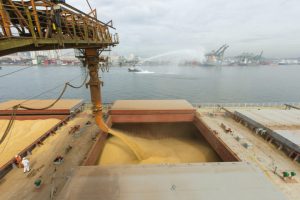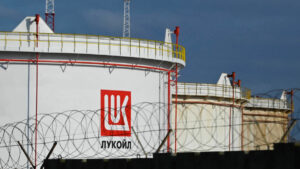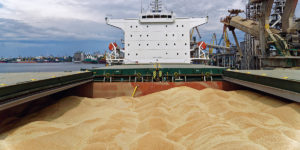Ukrainian wheat price has risen again: what will happen to prices in the nearest future

Prices for Ukrainian wheat in August has increased by $5 per ton. Specialists of Barva Invest analyzed for USM situation which awaits Ukraine in the future, what will affect the pricing and whether we will see a “dip” in wheat prices.
At the end of July, prices for wheat from the Black Sea region has strengthened following the intensification of external demand.
As of August 3rd, the value of individual proposals of Ukrainian wheat with 12.5% and 11.5% protein has reached about $250/ton and $245/ton FOB Berdyansk for August supply, which demonstrates an increase of $ 5/ton versus Friday of July 30th, and already $20-23/ton higher than the proposals in mid-July. This is reported by Refinitiv Agriculture traders.
Many sellers are ready to conclude deals only for feed wheat, while milling wheat with 12.5% and 11.5% of protein they prefer to keep at least until the results of the Turkish TMO tender on August 4th for 395 thousand tons of wheat with supply on September 16-30th.
One of the factors behind the growth of world prices is the decline in the prospects for wheat production in the Russian Federation this year. The main impetus for pricing was on Monday, August 2nd: then SovEcon analysts reduced their forecasts for wheat production in Russia by 5.9 million tons against 76.4 million tons (this number was announced in mid-July). At the same time, in July, the US Department of Agriculture (USDA) forecasted 85 million tons.
“In June, Russian analytical agencies have surveyed fields in key regions of the country and saw excellent planting conditions, which made us expect high yields. But since then, the weather has made significant adjustments: there was little rain, and the temperature often reached critical levels. The situation was even worse with spring wheat (it grows to the east, along the border with Kazakhstan, initially has a lower yield potential and is sent mainly to the internal market), where the weather was bad before.
Thus, in June, analysts in the Russian Federation has raised their forecasts from 80 to 83-84 million tons, but then they had to “cut” the estimates back. Now the two leading Russian agencies have expectations of 76.4 and 78.5 million tons. But this is still a fairly large harvest and there would be no trouble if it were not for export duties. The Russian government in the past year is very concerned about the rise of food prices, and regulates grain exports with a “floating” duty. This has forced Russian farmers not to sell their crops (many of them believe that “concern for the population” will be in effect until the elections to the State Duma in the fall),” analysts at Barva Invest commented to USM.
The experts has noted that this situation was favorable for Ukraine. For example, the last season for many farmers (whose crops did not burn out) was super profitable, and now there is no traditional picture when farmers are forced to sell part of the harvest at once in order to cover their financial needs.
“In addition, from year to year, investments in the construction of our own warehouses are increasing, which also allows not to “drain” part of the harvest in anticipation of the next harvest (wheat, barley, rapeseed are harvested in the summer, and corn and sunflower – in the fall).
Thus, now more and more vessels are approaching the ports for loading, but farmers are not selling goods. Trading companies feel that they are “burned out” in fulfilling contracts and are forced to raise purchase prices higher and higher. The world situation, as we see, contributes to this. Importers are shocked, because a month ago it seemed that the Black Sea countries (Ukraine, Russia, Romania) might overwhelm the market with excess supply. But now, as you can see, all the supply remains within the countries, and only in Romania there are no serious problems with a lack of liquidity.
It should also be borne in mind that those farmers who do not enter the market with price monitoring see levels in the indications much lower than traders are actually willing to pay. This is also somewhat of a deterrent.
As a result, in a couple of weeks we can see a drop of prices due to the fact that some producers still need to sell their crops; besides, the world news will be partially already “digested”. But the subsidence should not be severe and/or prolonged. It is also quite likely that we will not see this drawdown at all,” Barva Invest summed up.
Read also: Grain in ports: Mykolaiv remains the busiest in the new season





